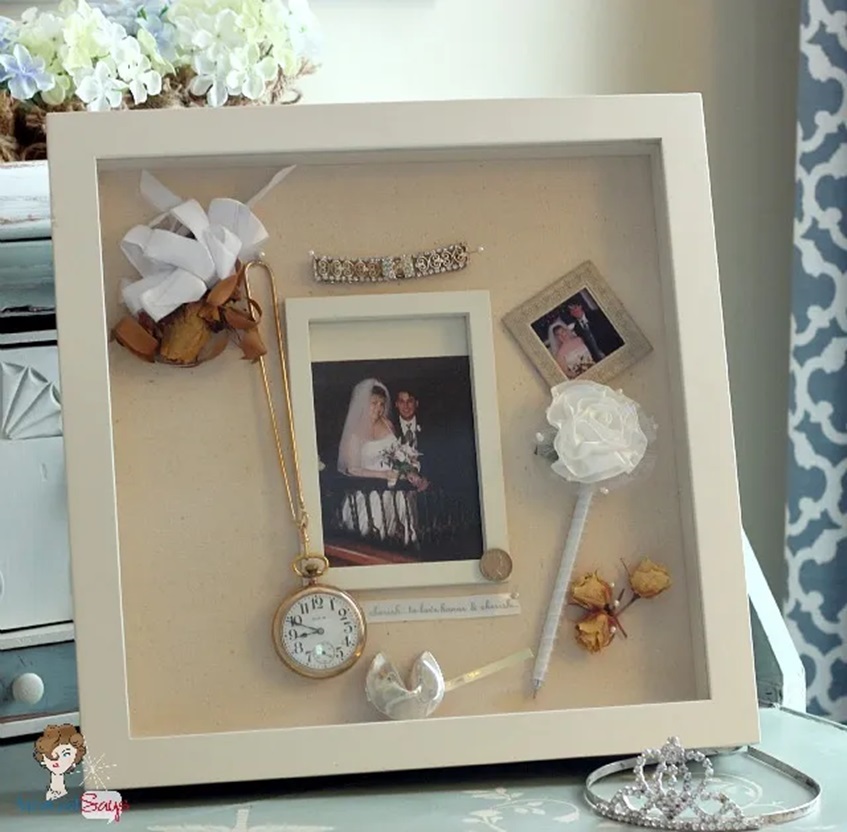
Style Meets Function: How to Choose the Right Picture Frames for Your Home
With countless styles, sizes, and materials available, it’s tough to find the perfect frame to display your precious keepsakes. However, choosing the right one can transform a simple photograph or artwork into a captivating focal point. It blends seamlessly with your interior design and enhances the aesthetic appeal of your space. In this guide, you’ll explore how to select the ideal frames that combine style with functionality, so that your home becomes a gallery of beautifully displayed moments.
Contents
Item You’re Framing

When shopping online, a simple yet crucial question often sets the tone: Are you framing something precious and irreplaceable? If the answer is yes, it’s essential to opt for a high-quality frame that will preserve your artwork or photograph for years to come.
While inexpensive, store-bought designs might suffice for less significant items like digital prints, but when it comes to pieces with sentimental or real value, investing in a custom design is worth every penny. Another important aspect to consider is the thickness of the item. If you’re working with a thicker item, sophisticated shadow box frames in Australia often provide the best fit, accommodating the dimensions of your item perfectly.
They showcase your cherished memorabilia in a unique and eye-catching way. They offer depth and dimension, making them ideal for displaying items that go beyond the usual flat photos or prints. Whether you’re framing a collection of medals, a beloved sports jersey, or a piece of three-dimensional art, they provide the space you need to present your keepsakes beautifully.
One of the standout features of shadow box frames is their ability to create a layered, dynamic display. This adds visual interest and makes your items stand out, almost as if they’re being showcased in a mini gallery. The protective glass front also shields your items from dust and damage, which preserves them for years to come. You can find a shadow box frame any size and style that will complement your home décor perfectly. It will enhance the aesthetic appeal of your keepsakes but also provide a functional way to display and protect them.
Style
Choosing a frame involves finding one that suits both the artwork and the space where it will be displayed. Pay close attention to colours and details. For instance, match its palette with the hues in the artwork to enhance its imagery. Most quality designs are either wood or metal.
Metal frames, typically aluminium, are durable, lightweight, and lend a modern, minimalistic feel. Wooden options offer a traditional look and add elegance but can be heavy. Ensure your wall and hooks can support them. Both types come in various designs and colours, making it easy to find a style that fits your home perfectly.
Size
When buying picture frames online, size is crucial. Accurately measuring the minimum and maximum dimensions of your artwork ensures it fits perfectly. This is particularly important for small pieces of art or photos, which can be challenging to work with. Adding matting is a great solution, as it adds depth and character while providing a striking appeal.
If you use a mat board, allow a quarter-inch overlap to keep the artwork secure. Additionally, consider the orientation – landscape or portrait – and measure both the height and width carefully. For thicker items, don’t forget to measure the depth as well. This detailed approach guarantees a perfect fit and a beautiful display for your treasured pieces.
Glass or Acrylic Glazing?

When choosing a picture frame, another key consideration is the type of cover or glazing. The glazing is the part that protects your artwork while allowing it to be seen clearly. Covers are typically made from glass or acrylic. Glass is traditional, offering a clear finish and good protection, but it can break easily and requires careful handling. Acrylic is a great alternative, being lightweight, durable, and less prone to shattering.
The finish of the glazing also matters. A clear finish provides a crystal-clear view of your artwork, while a non-glare finish reduces extreme glare from lights, slightly softening the colours. An anti-reflective finish eliminates glare without the drawbacks of non-glare finishes. For glass, water white treatment reduces the iron content, eliminating the green tint typical of regular glass.
Backing
When framing artwork or photographs, the backing plays a crucial yet often overlooked role. Typically, you have three backing options: foam board, cardboard, and acrylic or glass. Foam board, also known as foamcore or mount board, is the most common due to its lightweight nature and ease of customisation.
It also comes in acid-free varieties to prevent artwork corrosion. Cardboard is strong but can be highly acidic, posing a risk to valuable pieces. Acrylic or glass is used in double-sided frames to create a floating effect, though it can cause the artwork to stick over time. Choosing the right backing ensures your artwork is both well-supported and preserved.
Shadow Box Frame vs Floating Frame
So, what’s the difference between a shadowbox and a floating frame? Floating and box shadow frames serve different purposes and have distinct characteristics. The first one creates the illusion that the artwork is suspended within the frame, offering a minimalist and modern look. These designs attach at the back, leaving a gap between the artwork and the frame.
The second type is a deep frame designed to display three-dimensional objects, creating a sense of depth and adding visual interest by casting a “shadow” around the items. This type is perfect for showcasing memorabilia, collectibles, or layered artwork, protecting them from direct contact with the glass and preventing moisture buildup.
While shadow box frames in Australia are more versatile in displaying various objects, floating frames focus solely on highlighting the artwork itself, emphasizing its beauty without additional elements. Both types have their unique appeal and serve different aesthetic and functional purposes in home décor.


No Comments